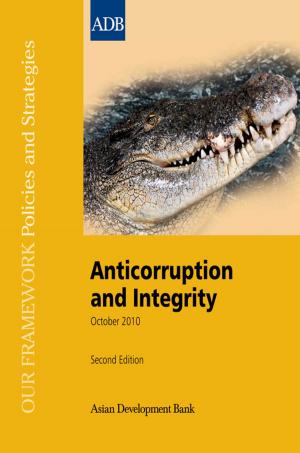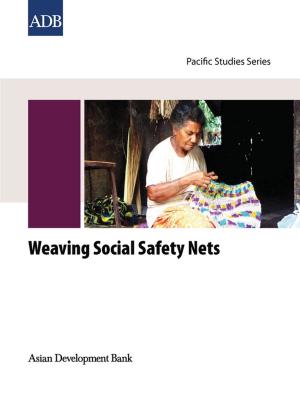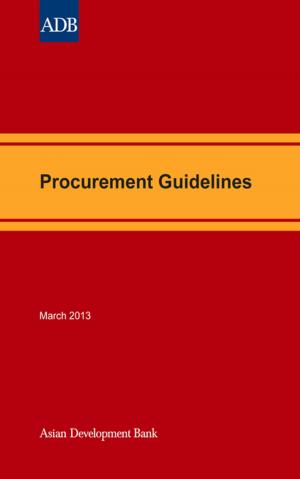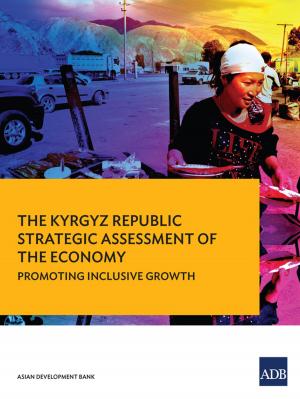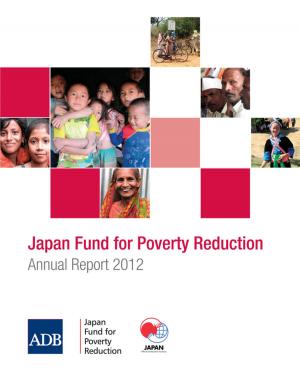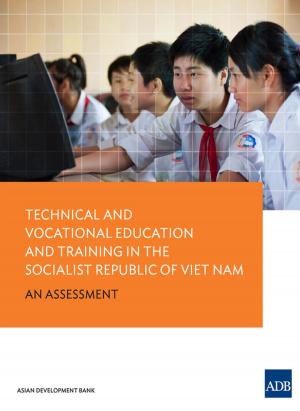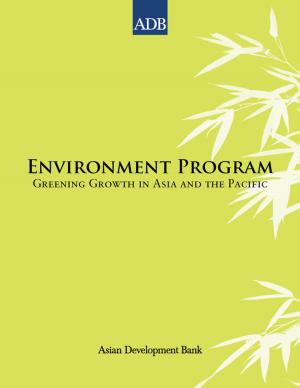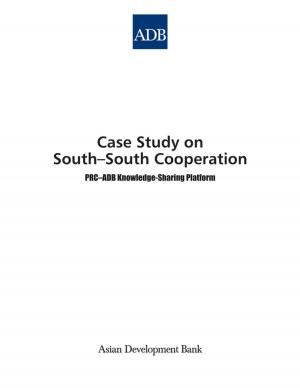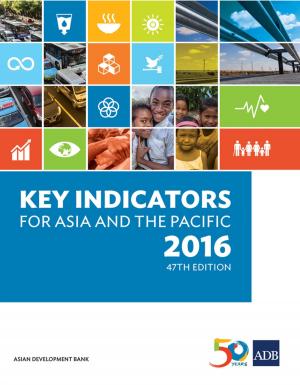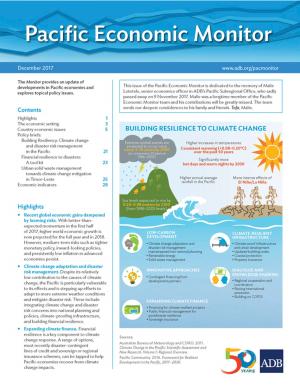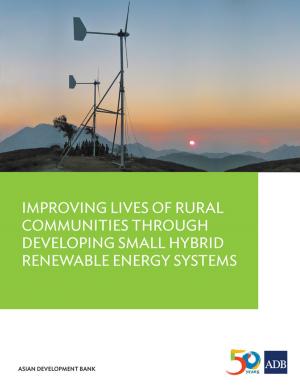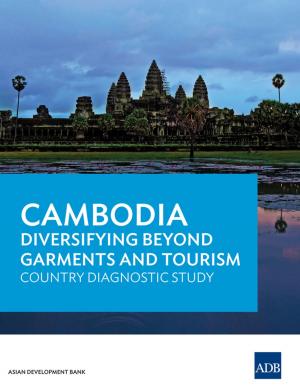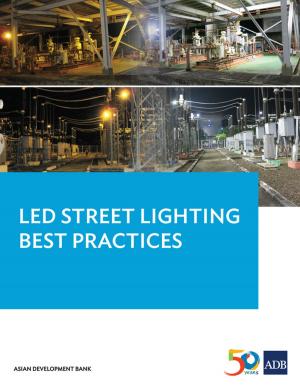Renewable Energy Developments and Potential for the Greater Mekong Subregion
Business & Finance, Industries & Professions, Industries| Author: | Asian Development Bank | ISBN: | 9789292548322 |
| Publisher: | Asian Development Bank | Publication: | July 1, 2015 |
| Imprint: | Asian Development Bank | Language: | English |
| Author: | Asian Development Bank |
| ISBN: | 9789292548322 |
| Publisher: | Asian Development Bank |
| Publication: | July 1, 2015 |
| Imprint: | Asian Development Bank |
| Language: | English |
This report was produced under the technical assistance project Promoting Renewable Energy, Clean Fuels, and Energy Efficiency in the Greater Mekong Subregion (TA 7679). It focused on renewable energy developments and potential in five countries in the Greater Mekong Subregion (GMS): Cambodia, the Lao People's Democratic Republic, Myanmar, Thailand, and Viet Nam. It assessed the potential of solar, wind, biomass, and biogas as sources of renewable energy. Technical considerations include the degree and intensity of solar irradiation, average wind speeds, backup capacity of grid systems, availability and quality of agricultural land for biofuel crops, and animal manure concentrations for biogas digester systems. Most GMS governments have established plans for reaching these targets and have implemented policy, regulatory, and program measures to boost solar, wind, biomass, and biogas forms of renewable energy. Incentives for private sector investment in renewable energy are increasingly emphasized.
This report was produced under the technical assistance project Promoting Renewable Energy, Clean Fuels, and Energy Efficiency in the Greater Mekong Subregion (TA 7679). It focused on renewable energy developments and potential in five countries in the Greater Mekong Subregion (GMS): Cambodia, the Lao People's Democratic Republic, Myanmar, Thailand, and Viet Nam. It assessed the potential of solar, wind, biomass, and biogas as sources of renewable energy. Technical considerations include the degree and intensity of solar irradiation, average wind speeds, backup capacity of grid systems, availability and quality of agricultural land for biofuel crops, and animal manure concentrations for biogas digester systems. Most GMS governments have established plans for reaching these targets and have implemented policy, regulatory, and program measures to boost solar, wind, biomass, and biogas forms of renewable energy. Incentives for private sector investment in renewable energy are increasingly emphasized.

